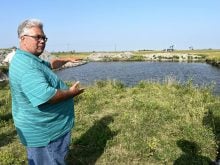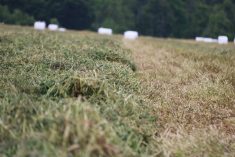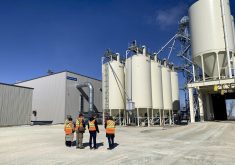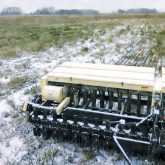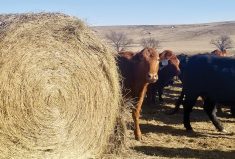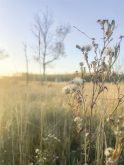It is time for Alberta and perhaps the rest of the Prairies to start thinking outside the box and recognize we may have to start doing things differently.
We can start with a new approach to emergency cattle feed supplies.
For the past three years, a feed crisis has risen in the Prairies, affecting many farmers, their livelihoods and their ability to feed their livestock and maintain their herd sizes.
Read Also
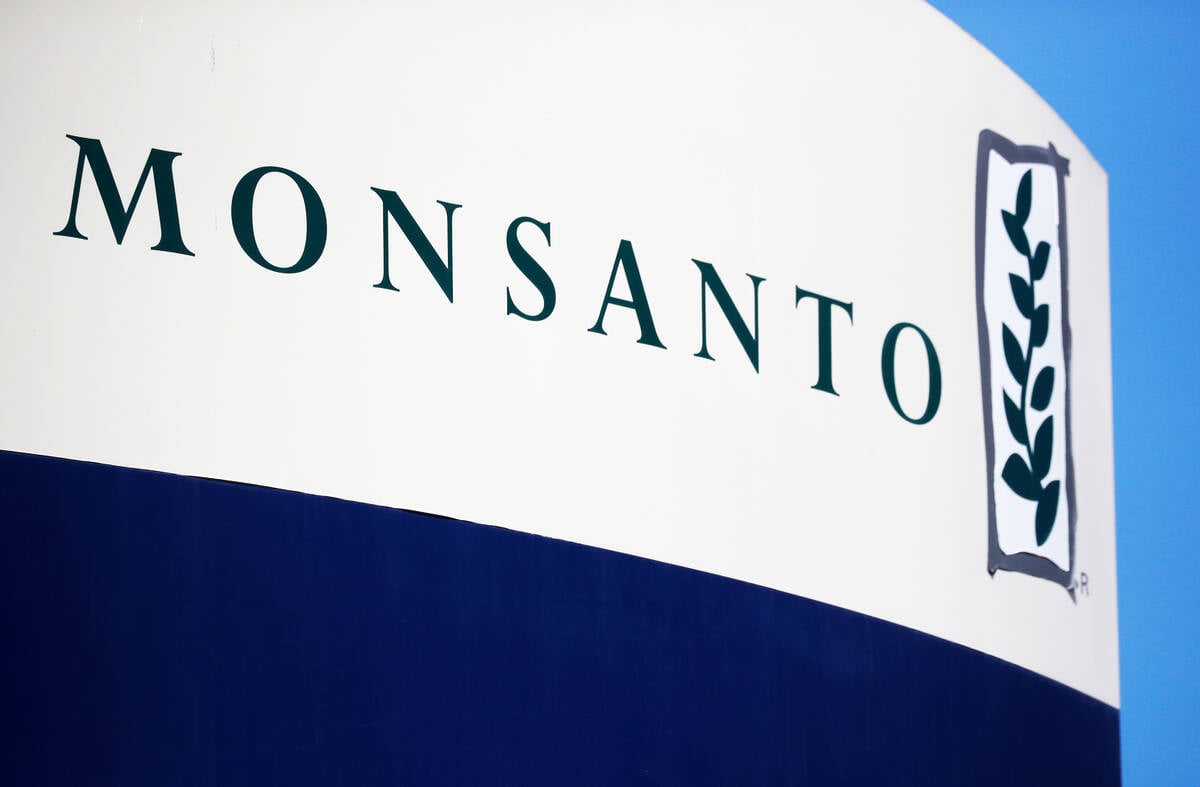
Roundup retraction makes public trust ripples
A foundational study on glyphosate safety was recently retracted, while Roundup maker Bayer has already said it may ditch the key agricultural herbicide after lawsuits piled up.
This shortage of feed led those who did have feed to demand high prices, which in turn puts many farmers in need at a distinct disadvantage. Some have had to reduce herd sizes and others are exiting the industry.
According to Statistics Canada, the Canadian beef herd has shrunk by 25 per cent since 2005, and the multi-year drought added to that decline.
The drought affects more than livestock farmers’ bottom line. Statistics Canada data shows that, for every dollar received by livestock farmers, only five cents is retained. The other 95 cents is spent in their local community. This means a struggling and declining livestock sector also affects the communities that farmers live and operate within.
We won’t see the statistical effects of 2023 until into 2024. By then, the horse will have left the barn and it will be a little late to close the door.
I know that, with the price of feed, I will be forced to reduce my herd numbers by half. A neighbour to the south of me is leaving the sector with no plans to re-enter. Another farmer I was chatting with cut his herd in half a month ago and he feels more will have to go.
The phrases often heard to justify feed price hikes is that they are market driven. Whatever the cause, they make staying in the livestock industry harder, if not impossible.
But maybe we can do something about it.
In Alberta, there are many thousands of kilometres of road ditches mowed every year and the mowing is often paid for by taxpayers. Those thousands of kilometres of mowing add up to thousands of acres of forage that is chopped and left in the ditches. It could be used to provide feed for Alberta livestock farmers desperately short on feed.
Some may argue it is low quality feed. I have no answer, as I have never had the material tested.
However, it is feed that could fill the bellies of livestock. Perhaps it would need to be supplemented with higher-value feeds to give the animals the needed energy to make it through winter and carry calves to birth.
There is an argument that round bales left in ditches before pick-up present a hazard to the driving public, who might strike them when they hit the ditch. This is possible, but I would say it is no more of a hazard than the public possibly striking mowing equipment while in operation. Silaging the grasses may be a practical way to alleviate that concern.
Infrastructure and planning would be needed to make this idea a reality, along with government will, particularly if silaging was chosen. There would need to be the equipment to process the grasses and storage areas for the feed until such a time as it could be picked up or delivered.
Taxpayers are already picking up the tab for mowing and, in some cases, they are also paying for support program funds that go to farmers without feed. A per-tonne cost-recovery fee could be put in place for those who use the feed, as farmers are looking for a hand up, not a handout.
Our highways feature roadside turnouts for travelers to stop and rest or to check their vehicles and dispose of garbage. We could develop similar turnouts on the highways to store the feed.
The benefits to the taxpayer would be a better bang for their buck by turning grass waste from mowing into feed, thus helping farmers maintain herds in times of drought and feed shortage.
It should also help to reduce the cost of food at the stores. Companies use the same excuse for increasing prices there: shortages or market-driven pricing.
As with any new system, potential problems could arise, but we are capable of solving those issues if we put our minds to it.
Our environment seems to be changing. We can put our head in the sand and ignore it, or we can admit something’s afoot and develop strategies to help lessen the effects.
The role of government is to govern for the common good. I propose that the government should look at processing the ditch forage into silage or bale the feed and make it available to farmers.
Forty years ago in Alberta, we had a “can do” attitude in both the general population and political leadership. Today, we have a “can’t do it” attitude.
We must change the way we think and behave and get our old attitude back — and join that with a “we must do it” perspective.
I believe thinking outside the box and looking at things like harvesting ditches for livestock feed is something that can be done and should be done, so let’s do it.
– Neil Peacock is a 20-year member of the National Farmers Union, a third-generation rancher in Alberta’s Peace River region and small business owner.



